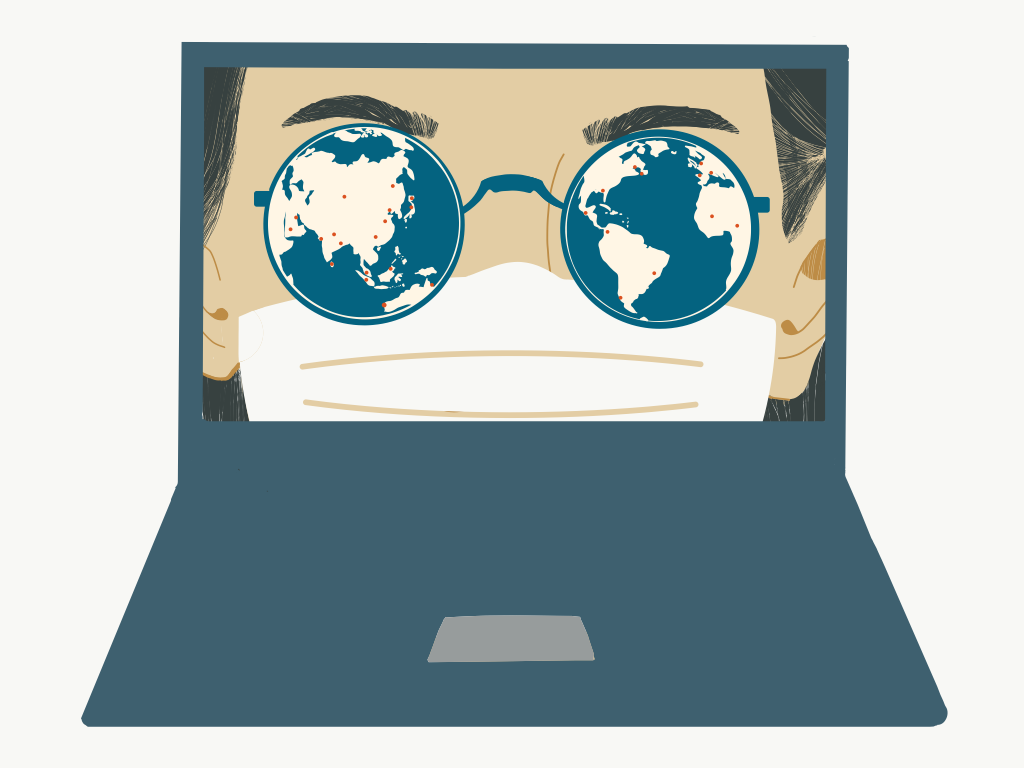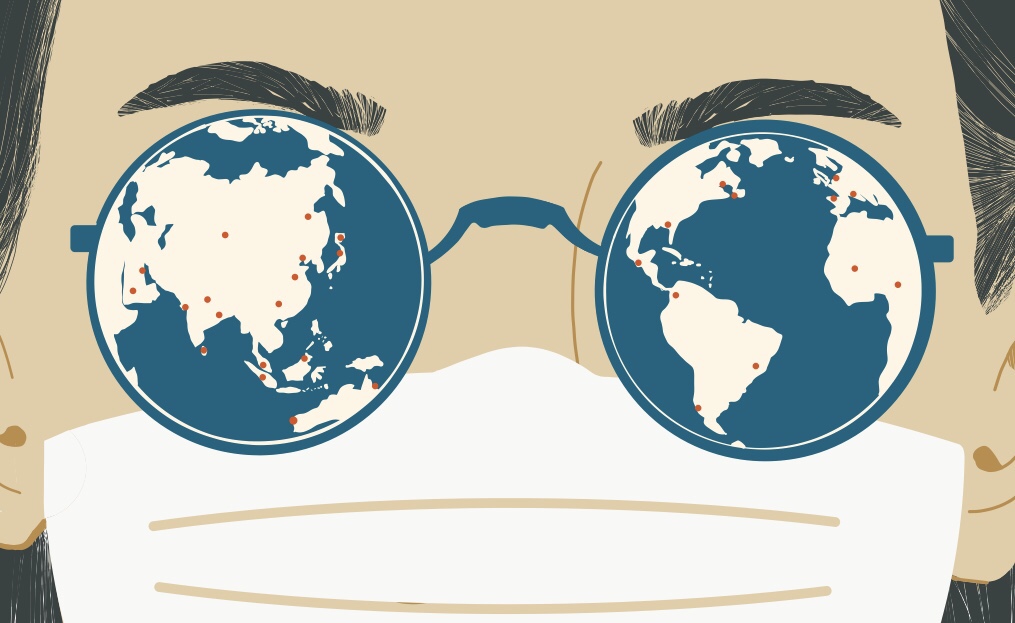Taylor’s University e-Summit 2020; Taylor’s Design School Breakout Session
As the world is slowly reopening and easing lockdown measures, everyone is adapting to new realities. Imposing drastic adjustments to our lives, the corona virus has introduced a new “normal” — changing our perceptions, altering our priorities, while we constantly react and anticipate a relatively unknown future.
Covid-19 is already having an impact on almost every industry around the globe, and the same can be said for interior design. The way we design, the materials we use, and how we furnish spaces will be altered.

This discussion summarizes a dialogue between two renowned interior designers in Malaysia: IDr. Ronnie Choong and IDr. Joe Chan Wan Hoe, held during Taylor’s e-Summit 2020. They discussed the topic Inside Jobs: How COVID-19 has Changed The Future of Interior Design that provided an outlook on the challenges we are facing now, and how interior design practice has dealt with the impact of this crisis at present.
They discussed how businesses are beginning to open again. Interior firms are looking at how to manage their offices while trying to anticipate workloads with the ever-shrinking market.
The pandemic has not affected this profession in a good way. During the MCO period, all businesses were affected as well as design practices. A huge chunk of the expenses that were incurred was for manpower which takes up almost 80% of the expenditure. Every interior design firm continued to incur the same amount of expenses without receiving any income.
This is especially true when the project was handled on site. The designers were are unable to do anything during the MCO period as everything was temporarily shut down or kept in view (KIV). However, if the project was at an early stage of proposals, it was still probable that their staff could work from home and get the job done by meeting clients online and through working virtually with their colleagues.
One of the effects of the pandemic as well as to the economy at present is that caution is felt when people do not know what is going to happen. People are unwilling to move forward in spending for investment, redesigning spaces, etc. Eventually though, the world and economy will have to move on, and people will start investing again.
When we look at the effect of the pandemic, the hospitality industry was greatly affected. With no tourists, many hotel owners started selling their hotels. On the brighter side, however, is that someone will buy these hotels, and will then need to refurbish/redesign them which will lead to the need for interior designers. In the long term, things will get back to normal and there will be an increase in economic activities. On the contrary, in the short term, design firms have to be smart on how to run their businesses, how to be efficient, and to be able to conserve their funds and stretch themselves until things get back to normal.
Additionally, communication between designers and clients remains an important concern. However, this has radically evolved since it is predicted that there will be a large digitally savvy design community which will gradually establish new norms for the practice.
In any crisis such as the pandemic, there is always a negative and positive side that results. Now there has been an increase in efficiency for online platforms as a means of communication. People have always taken digital knowledge for granted but now we find ourselves scrambling to find any tools or gadgets available in the market to sustain work communication that may have existed in the market for some time. The teleconferencing programs such as Zoom Meeting, Teams, Google Meets, and many more were previously not seen as a vital need. Many firms were not prepared in having the digital skills and hardware that has become necessary in working from home. In addition, the platforms used at home must now be compatible with office equipment.

While we cannot foresee the future, we can create logical analogies that are based on the current situation and our first responses. Interior designers around the world have put their knowledge to use in the fight against the coronavirus and have created innovative solutions that might stick around for a while. Some are designing adaptively, while others are rethinking possibilities. Nevertheless, how much has this pandemic really changed the requirements and needs in interior design?
One of the positive outcomes that have emerged from this pandemic is that people have had to become technologically skillful and to improve their digital awareness. Due to that, people have started to reassess their ways of working. They have started to adopt Java offices, action-based work spaces, and to recognize that more people will be working from home in the future.
People will now consider redesigning their homes with home offices that can function as a real office that is practical and workable enough for daily operations. In terms of public spaces, the need to reduce the number of people packed within a space at one time will require attention to enable social distancing and contactless services becoming a norm. It is now a vital requirement in space design for health measures. As an interior designer, one should have a lifelong learning process to understand the cause of this pandemic and keep abreast of the ways we design.
With online shopping becoming necessary and easier, there are also changes in the retail market. What will happen to the malls? Many shops will close their businesses due to the MCO which does not generate an income to sustain the rent and operations. It might come to a point where the needs to repurpose the use of malls in the future will surface.

The pandemic has taught us that as designers we cannot save the world; at least not on our own. As the industry resumes, interdisciplinary approaches which had been at the core of our profession are bringing new expertise and views to the practice. The future is going to be rosy; with many new job typologies emerging and the need to design new types of spaces and re-evaluate old caused by this pandemic. There will be plenty of jobs to come!

